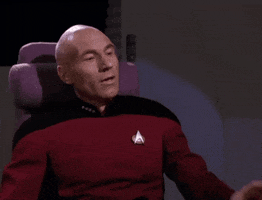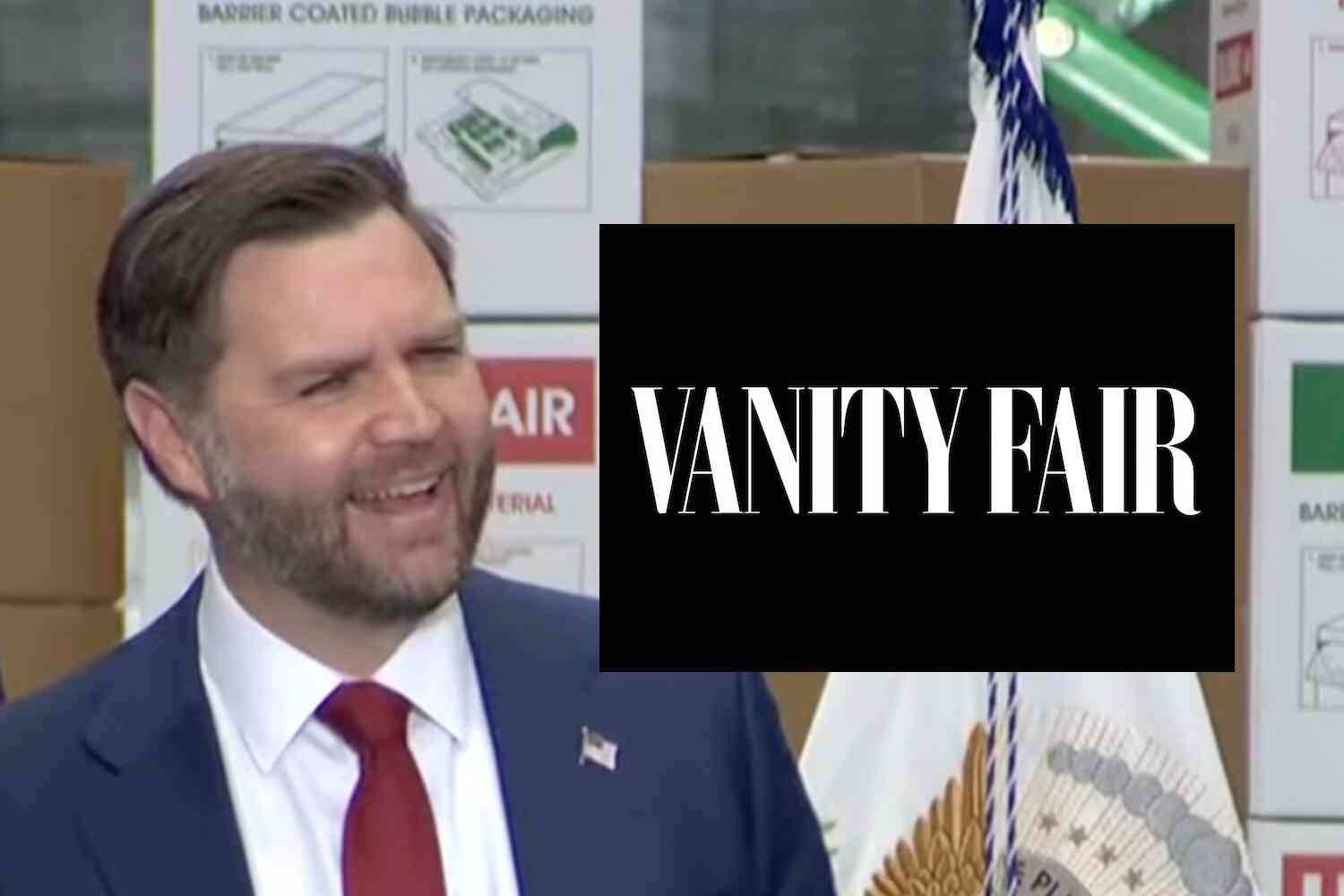Then again, when you ride in the back of them, maybe you fundamentally misunderstand the whole car thing.
I was alerted to this non-sequitur this morning while walking my dog.
I was intrigued, and by "intrigued," I mean frightened. Whenever anyone decides they want to make my life "better" on my behalf, and encourages me to "join the movement," my instinct is to run for the hills with my firearms, water stores, and Xena: Warrior Princess collectibles which I totally do not own.
My eyes, pupils now unnaturally dilated, were drawn to the lower right.
I captured the QR code with my phone and pulled up this splash page.
This is the web site, sponsored by "National Landing."
I should probably pause here a moment and give you a little background.
I used to live in Arlington County, and then one morning a few years ago I woke up to find that I actually lived in a place called "National Landing."
The most important thing to know about National Landing is that there's no such thing as National Landing. It does not exist. It is a rebranding effort on the part of Amazon (which is building its east coast headquarters here) and a legion of real estate developers who launched the marketing campaign shortly after Amazon had announced its intentions.
There is no storied history associated with National Landing, no World War I monument to National Landing's war dead, no problematic statue of the founder of National Landing that we need to tear down.
Well, not yet.

National Landing is a logo that purports to incorporate three preexisting neighborhoods, Pentagon City, Crystal City, and Potomac Yard.
Sure, there may be an interesting history behind those names. Pentagon City derived its name from its close proximity to the Pentagon, which itself has a fascinating history.
Crystal City's name has a more whimsical origin, having come from the very first building that was constructed in the area called, "Crystal House" for the "elaborate crystal chandelier in the lobby." The buildings that immediately followed all incorporated the "Crystal" name.
Finally, "Potomac Yard" is a call back to when the area comprising its current footprint was part of a major rail junction, or "yard," hearkening back to the age of the steam locomotive.
No matter, we're all part of National Landing now because that's what we've been told. Incessantly. It's pretty much everywhere, banners, sidewalk decals, even sandwich boards like this one from last year helpfully instructing us how to be good little National Landing subjects.
See that hashtag? "LoveNationalLanding?" Plug that into Twitter and you get results like this:
Those sidewalk decals were everywhere last year.
And a reminder, National Landing is a complete fabrication.
The board of the make-believe National Landing is dominated by corporate interests (particularly real estate developers who alone hold about 40% of the seats) along with a handful of small business owners and civic types.
Amazon's sole member, Joe Chapman, is the Director of Global Real Estate and Facilities at Amazon, whom I'm sure has my best interests at heart.
Which gets us back to "People Before Cars."
I should point out that Arlington has been anti-car for some time. They have been studiously eliminating car lanes to add bike lanes, and just this year doubled fees for parking passes (for those of us who live in areas that require permits to park on our own street) for your first car, and tripled them for every car over that (to a maximum of 4).
Arlington really hates cars, and so National Landing's plan for Route 1 is in keeping with that sentiment.
I know, I know, powerful corporate interests perfectly aligned with powerful political interests?

Consider for a moment what Route 1 is, because yes, it's that Route 1. It's not some local street that happens to have the same name, it's Route 1, the highway that has existed, in various forms, for 300 years, uniting the states that made up the original 13 colonies and serving as a critical transportation line. It's the highway that stretches from Fort Kent, Maine, to Key West, Florida.
It is a symbol of American progress, independence, and freedom.
That is why it must be destroyed.
As our corporate overlords put it, er, I mean, as our vibrant National Landing community puts it, the problem is this:
Over 58% of Arlingtonians who use Route 1 say it's not safe, easy or effective to get around.
It is congested, so the solution must be to widen it?

Right now, it's a highway dividing our neighborhoods.
I have no idea who this is aimed at. It can't be for people who live here. It's a big road that runs very close to where Arlington abuts the Potomac river. It's not like it's cutting the community in half (that would be Route 66, but I guess important people like that highway, the better to escape to their country estates). It separates a relative sliver of Arlington, a handful of blocks deep at the most.
It is wide, but it's not exactly a freeway. It has lights, you can cross it. On bike. On foot even. I've done it. More than a few times!
We believe we can change that. Together, let's create a movement that works to ensure the future of Route 1 puts people before cars.
What does that even mean? It's as void of content and meaning as "National Landing."
Our bold vision ensures that decisions regarding Route 1's transformation into an urban boulevard is designed to prioritize YOUR safety first.
Yes, because my personal safety has always been the #1 priority of real estate developers. Anyone who has ever had a landlord knows that.
Their solution?
We stand ready to continue advocating for people first mobility that builds an equitable, sustainable and accessible future.
"People first mobility."
Do these people honestly not know what the purpose of automobiles is?
Prior to automobiles, people's mobility was incredibly limited. The automobile freed up the masses to move about, go where they want when they want. Such mobility was no longer reserved solely for the rich.
I have a sneaking suspicion that that is the problem. What is "people first mobility" absent automobiles?
Outside of walkable distances, it's a complete reliance on those in power to provide it.
In fact, their version of what is "walkable" is comical. On their main page they have this clickable graphic:
Click it and it takes you to a page that lauds the area's many attributes none of which involve walking to National Airport.
Sure, if you're really healthy and pack light, maybe for those living very close (it's about a mile to the closest residential building), it's not torture, but for everyone else, no. You don't walk to an airport.

Our Guiding Principles:
SAFETY FIRST
They are really beating on that mom demographic.
NO HIGHWAYS
Oh! Really. "No highways."

PEOPLE-FOCUSED DESIGN
People who don't own cars, that is. They're the focus. The rest of you? Not so much.
MULTIPLE WAYS TO GET AROUND
Except by car. But otherwise you're good to go!
(Hope you're fond of scrutinizing bus schedules.)
CONNECTED NEIGHBORHOODS
Except by accessible streets built to accommodate traffic.
In support of their argument they note this:
First, the vast majority of residents have automobiles. It's not even close. Three quarters of residents own automobiles.
Second, you're on your way out, you dinosaurs, since 75% of the new twenty-somethings filling up the condo boxes springing up in the area are all too happy to walk to their cubicles and shared workspaces. (I live here, it's a Gen Z/Millennial paradise.) They are a captured audience. Immobile and obedient.
Just the kind of worker corporate America has always dreamed of.

As far as they are concerned these people are the future.
And they may be right.
Among their other recommendations are:
Reduce long pedestrian wait times and crossing distances
Widen and improve sidewalks
Reduce and narrow lanes to promote slower driving speeds
Keep in mind that Route 1 is a major artery. I like walkable neighborhoods with shops and restaurants. In fact, I live in one right now. It's called "National Landing." This is not about pleasant tree-lined streets and carefree late-day strolls. Those already exist here.
This is about a desire to throttle a major north-south highway. If they do this, traffic will become nightmarish and likely spill over into the neighborhoods which will cause further misery.
This is all by design. They want to force us out of our automobiles by making it expensive and awful to be in one. This is not urban planning. This is urban warfare. This is an attack on the autonomy and freedom of current residents, and backed by too many who are all too eager to surrender those freedoms for a good latte and fast Internet speeds.
Angus MacKenzie, a writer for Motor Trend last year looked back on an interview he had conducted three decades earlier with Pehr Gyllenhammar, who was at the time the chairman of the board of AB Volvo.
Of all the senior auto industry executives I've interviewed over the years, it was Pehr Gyllenhammar who best captured the existential appeal of the automobile: "The car is unique; it gives human beings a mandate to go wherever they want, whenever they want."
This was powerful stuff. The Berlin Wall had come down just three months earlier, and smoky little Trabants were swarming all over western Germany, as easterners discovered for themselves the freedom decades of Communist rule had prevented them from enjoying.
Then he delivered the zinger. "If the car was invented today," he said, "I doubt whether our governments would allow ordinary people to have such freedom."
I will leave you with this bit of inspiration, possibly the greatest piece of cinema ever committed to film and the most important contribution to the concept of liberty since the The Declaration of Independence:
I give you, "The Last Chase."
You're welcome.









